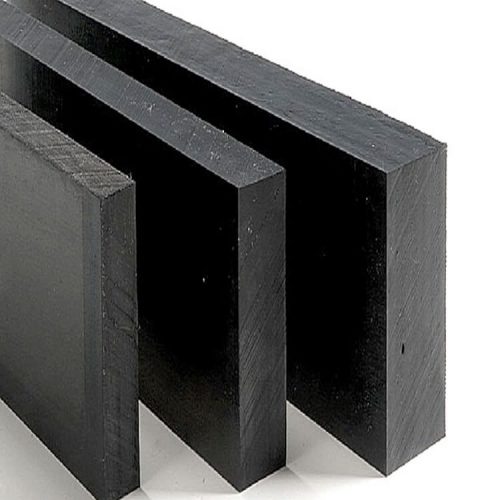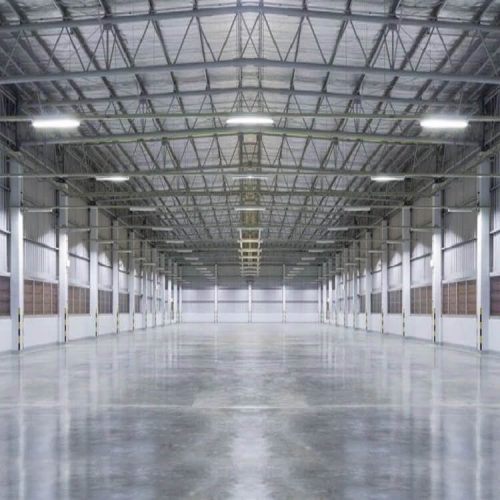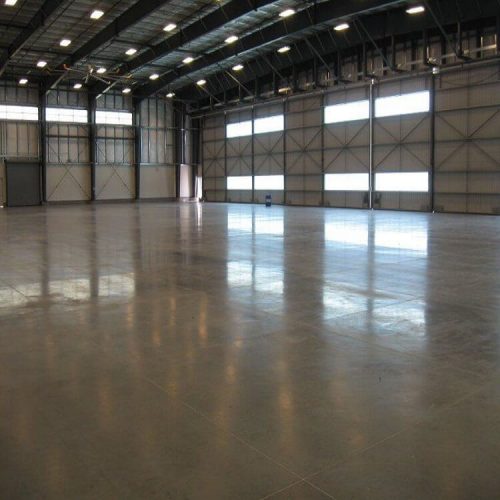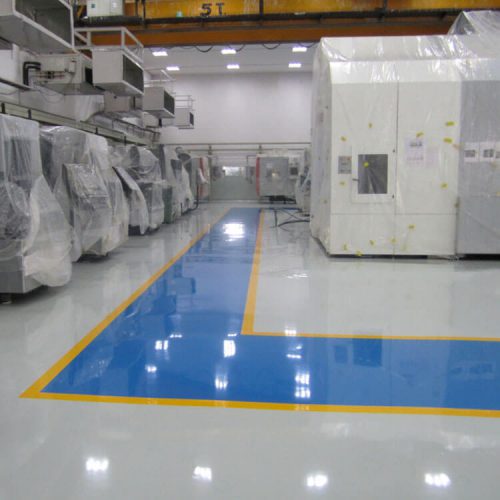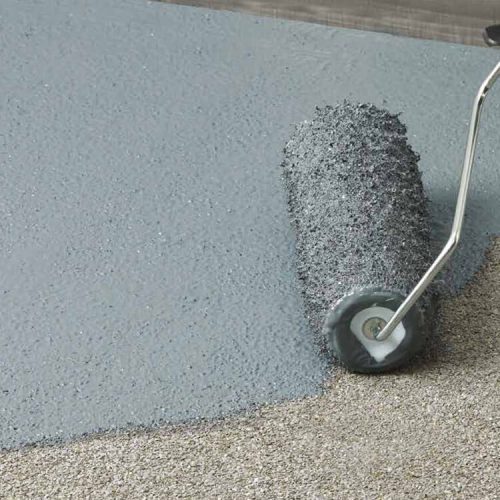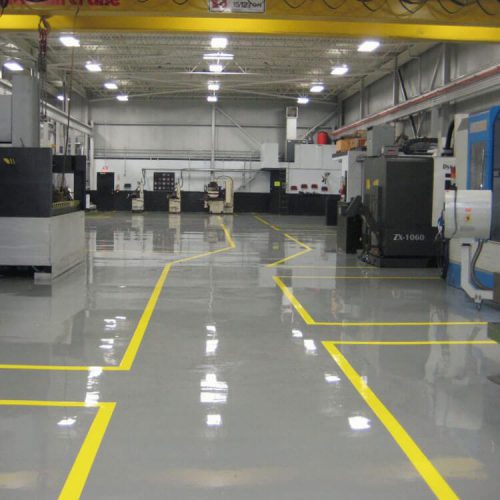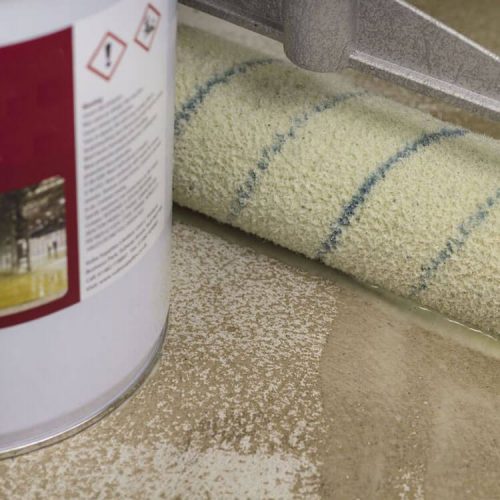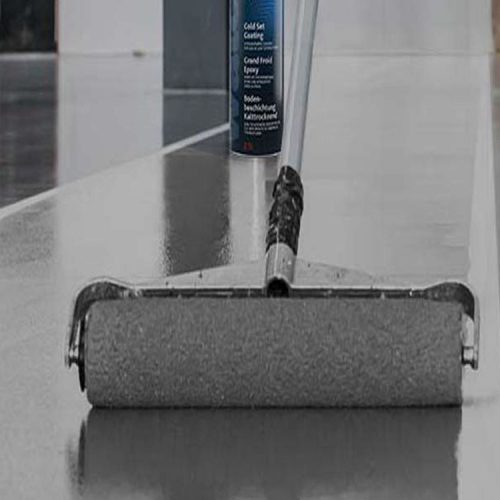Flip book element
Reinforced Elastomeric Bearing
In Iran, reinforced Elastomeric Bearings (REB™) consist of multiple layers of steel-reinforced rubber, commonly known as Neoprene. While Neoprene or elastomeric bridge pads and bearings can bear the substantial weight of a bridge, they exhibit limited resistance to large displacements. To address this issue, Neoprene is combined with various reinforcing metals. It is worth noting that Neoprene made with synthetic rubbers has a shorter lifespan compared to those made with natural rubbers, resulting in a lower price for this type of Neoprene. Neoprene belongs to the family of synthetic rubber and possesses desirable properties such as chemical stability, high-temperature flexibility, and resistance to vibrations, which are crucial for its primary functions. Neoprene can withstand high pressure, making it widely used in various applications. Since the 1950s, Neoprene has been employed in bridges as an effective tool to reduce and distribute forces caused by traffic and other structural systems. Over the years, this tried-and-tested product has consistently delivered satisfactory results. Afzir provides high-quality and reliable types of Neoprene, which are unparalleled in terms of quality.
Lithium Silicate Densifier for Concrete
Afzir’s LSD™ concrete surface hardener is a highly effective solution for enhancing the durability and performance of concrete surfaces, industrial floors, and building materials. This ready-to-use liquid product acts as a dust-proofing agent while also providing densification and hardening properties to porous concrete floors. By deeply penetrating the concrete, LSD™ reinforcement effectively seals the pores and cavities, initiating a chemical reaction with calcium and magnesium salts present in the concrete. This reaction results in the formation of a robust mineral layer that offers exceptional resistance against water, chemicals, and abrasion. The LSD™ hardener finds wide applications, including the compaction of industrial floors subjected to heavy traffic, the sealing of concrete in negative pressure environments (similar to retaining walls), and the fortification of weak concrete structures.
Introducing Afzir’s Lithium Silicate Densifier for Concrete – the ultimate solution to fortify and protect your concrete surfaces. Concrete, by its nature, contains voids and air cavities that pave the way for water and harmful chemicals to seep in, compromising its integrity and tarnishing its appearance.
Lithium Silicate Hardener for Concrete
The Lithium Silicate Concrete Hardener and Polisher developed by Afzir Company is a specialized solution used for concrete hardening and anti-dusting purposes. This ready-to-use liquid product, known as LSH™ hardener and polisher, is designed for enhancing the durability and aesthetics of concrete floors.
LSH™ hardener and polisher effectively penetrate the concrete surface, sealing its pores and voids. Through a chemical reaction with calcium and magnesium salts present in the concrete, it forms a robust mineral layer. This layer provides excellent resistance against water, chemicals, and abrasion.
Afzir’s Lithium Silicate Concrete Hardener and Polisher (LSH™) is a reliable solution that not only strengthens concrete but also creates a glossy finish, ensuring enhanced longevity and protection for concrete surfaces.
Anti Static Anti Acid Polyamine Epoxy Coating
The ASAAPEC™ (Anti-Static Anti-Acid Polyamine Epoxy Coating) is a two-component epoxy resin system combined with a special hardener. This particular type of epoxy flooring is formulated with conductive additives, pigments, and anti-acid agents. Alongside its excellent anti-corrosion properties, the ASAAPEC™ coating is capable of dissipating static electricity within a range of 10,000 to 1,000,000 ohms, which may arise from abrasion, traffic, transportation, and friction. This flooring is commonly utilized in corrosive environments where the generation of static electricity poses a significant challenge.
Anti acidic epoxy floor top coating
The Anti-Acidic Epoxy Floor Top Coating (AAPEC ™ code) is a durable flooring solution composed of epoxy resin and anti-acid hardener. Its excellent resistance to chemical and destructive substances makes it an ideal choice for acid-proof environments. The seamless and continuous application of this epoxy floor coating ensures its waterproof nature and guarantees high levels of hygiene. Furthermore, the anti-acid epoxy flooring system exhibits remarkable resistance to thermal and mechanical forces, preventing the formation of cracks on the entire surface. As a result, the quality of the epoxy remains intact over time. This versatile coating can be applied to concrete, metal, and stone surfaces.
Anti Static Epoxy Floor Top Coating
The Anti-Static Epoxy Floor Top Coating (designated as AAETC™ code) is a two-component epoxy resin system that combines epoxy resin with a special hardener. This top coating is specifically formulated with conductive additives, special pigments, and other additives. By incorporating these conductive materials, the epoxy flooring can dissipate static electricity within the 10,000 to 1,000,000 ohms range. Static electricity can be generated through various sources such as wear, traffic, transportation, and friction.
The primary application of this anti-static epoxy coating is on copper sheets, kits, and electric circuits. It is commonly referred to as an anti-spark coating due to its effective static electricity dissipation properties.
Anti Static Epoxy Floor Coating Primer
The Anti-Static Epoxy Floor Coating Primer is a two-component solution (ASEP™ code) consisting of epoxy resin, hardener, and special additives. This specialized epoxy flooring is formulated with conductive additives and pigments to prevent static electricity buildup effectively. It can dissipate static electricity within the range of 10,000 to 1,000,000 ohms, making it ideal for environments prone to static generation caused by wear, traffic, transportation, or rubbing. One common application for this primer is on copper sheets used in electronic kits and electrical circuits. It is often called an anti-spark primer due to its ability to prevent static electricity discharge.
Polyamine Epoxy Floor Mid Coat
The Polyamine Epoxy Floor Mid Coat (PEMC™ code) is a high-quality two-component epoxy primer. It is formulated by combining solvent-free epoxy resin and polyamine hardener. This epoxy mid-coat is specifically designed for use in epoxy flooring applications. It features a middle color with added resistant pigments.
One notable advantage of polyamine epoxy floor paint is its exceptional resistance to chemicals and destructive substances. This ensures long-lasting durability and protection for the underlying surface. Additionally, this epoxy type’s continuous and seamless application process prevents the formation of gaps, cracks, and seams. Consequently, the overall quality of the epoxy remains unaffected over time.
Moreover, the polyamine epoxy mid-coat exhibits excellent resistance against thermal and mechanical forces. This makes it highly suitable for areas subjected to heavy usage or extreme conditions. Its superior properties ensure a robust and reliable epoxy flooring solution.
Create a Flip Book for any product category. You can also select custom posts.


